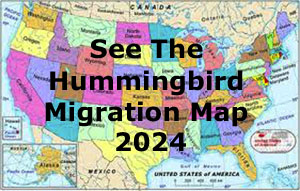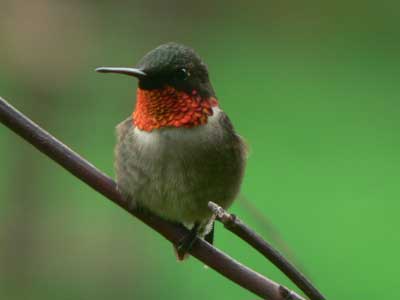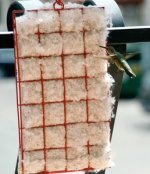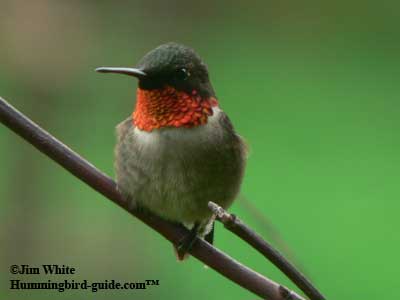FTC Disclosure: If you make a purchase via a link on this site, We may receive a small commission on the transaction - at no added cost to you. Thank you!
Hummingbird Flight
Watching a hummingbird flight, zooming around our feeders, flower gardens, decks, and patios is to witness a flash of iridescent beauty and resulting joy.
Here are some hummingbird flying facts to digest. Hummingbirds in flight are like no other birds! Their anatomy is unique and natural movements are very special.
Wing and Tail Structure
In contrast to most other birds, which have movable joints that bend and fold in the middle, those of the hummingbird are rigid.
It does not flap its wings.
The shoulder joint is a ball and socket joint.
This allows the hummingbird to rotate its wings at its shoulders in all directions.
With this anatomy and strong wings, which account for 30% of its body weight, the hummingbird has extraordinary maneuverability.
We enjoy watching this bird fly forward, backwards, sideways, and upside down.
The tail is short to act as a brake for stops in mid air.
What a spectacle it is to see the "hummingbird in flight"!
Hummingbird Flight; Tiny Acrobatic Wonder
Unlike other birds, the hummingbird doesn’t fly flat.
They sweep their wings backwards and forward pushing the air downwards instead of backwards.
This allows them to fly upright.
We can only smile, as they seem to face us.
Hummingbirds can change direction quickly by twisting 90 degrees to enable the air to continually push downward.
Flying at a speed of 30 mph, they beat their wings 80 beats per second.
During a courtship dive, some species beat their wings an incredible 200 times per second while flying at a speed of up to 60 mph.
When hovering, a hummingbird's wings move forward and then the top edge rotates moving back again creating a figure eight.
These tiny creatures can accelerate extraordinarily fast from a perch.
The birds bathe in misters and dew drops while flying.
Since the migration route of some species is extremely long, hummingbirds are capable of enduring long distance flight.
The Rufous hummingbird flies 3000 miles from Alaska to Mexico.
Within the long flight of the Ruby-throated hummingbird is a famous feat; they fly 500 miles non-stop across the Gulf of Mexico.
To sum it up, hummingbird flight is aerobatic, fast, and enduring.
If any among us has dreamt of flight, wouldn’t we choose to dream of the flight of the hummingbird?










New! Comments
Have your say about what you just read! Leave me a comment in the box below.